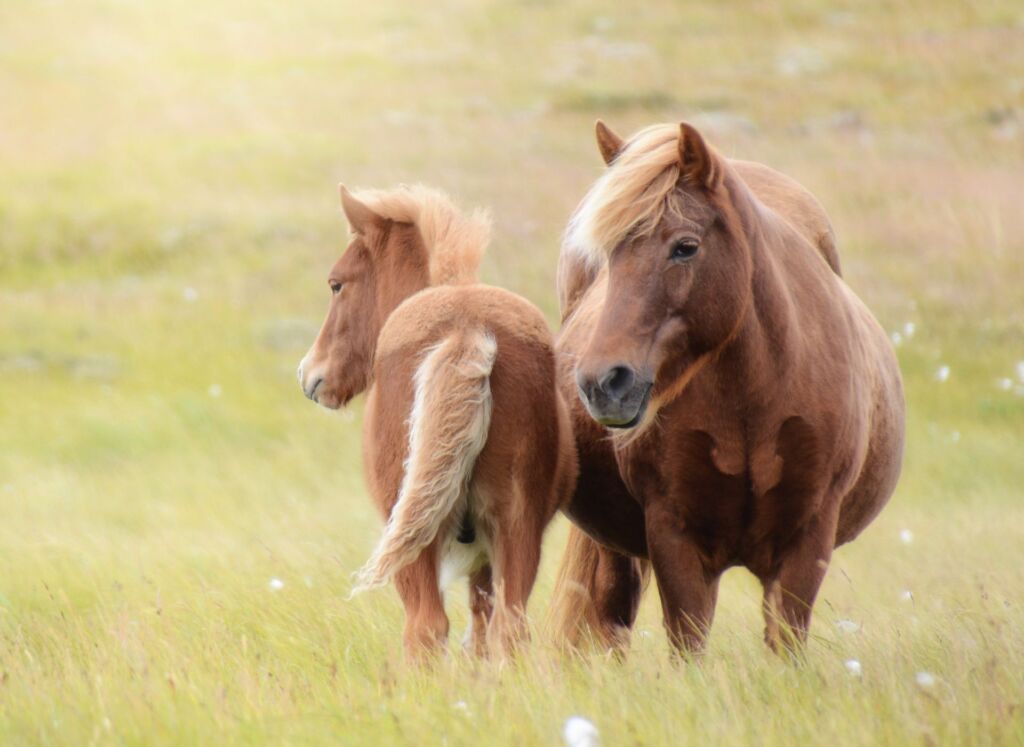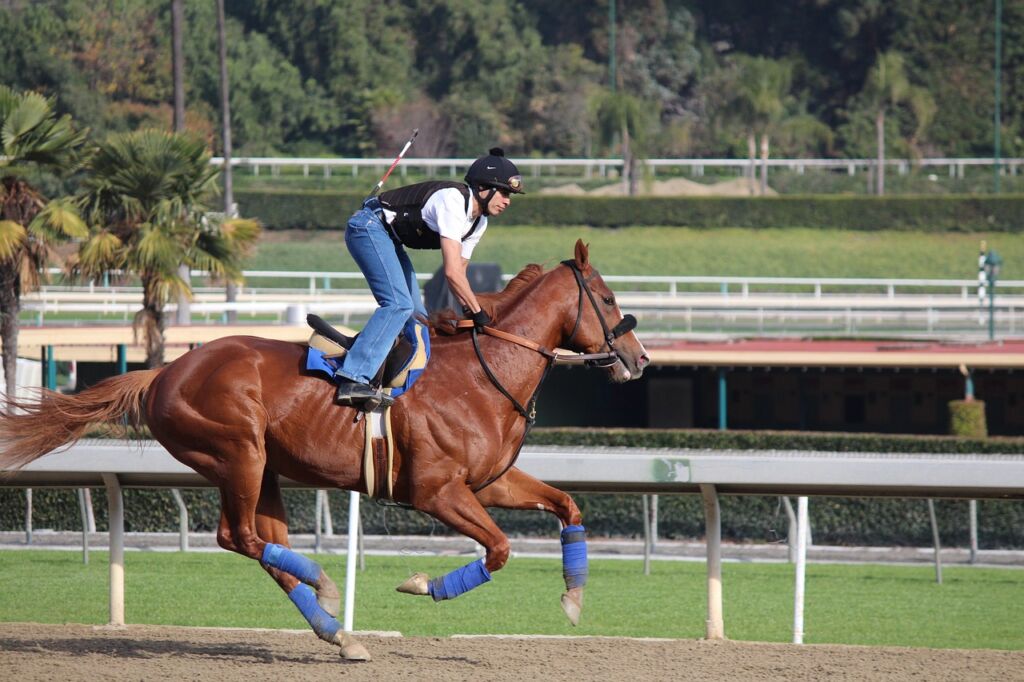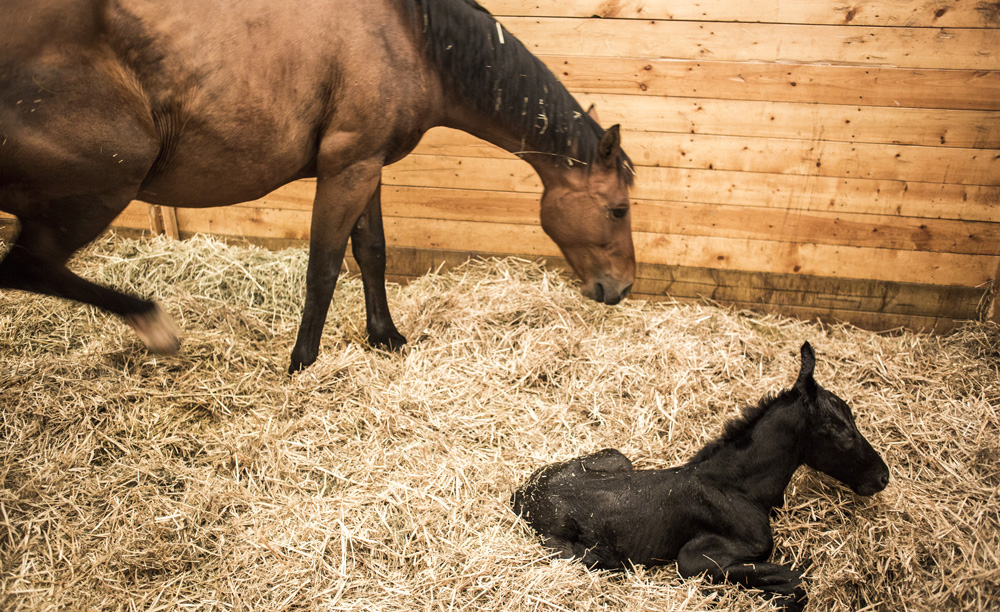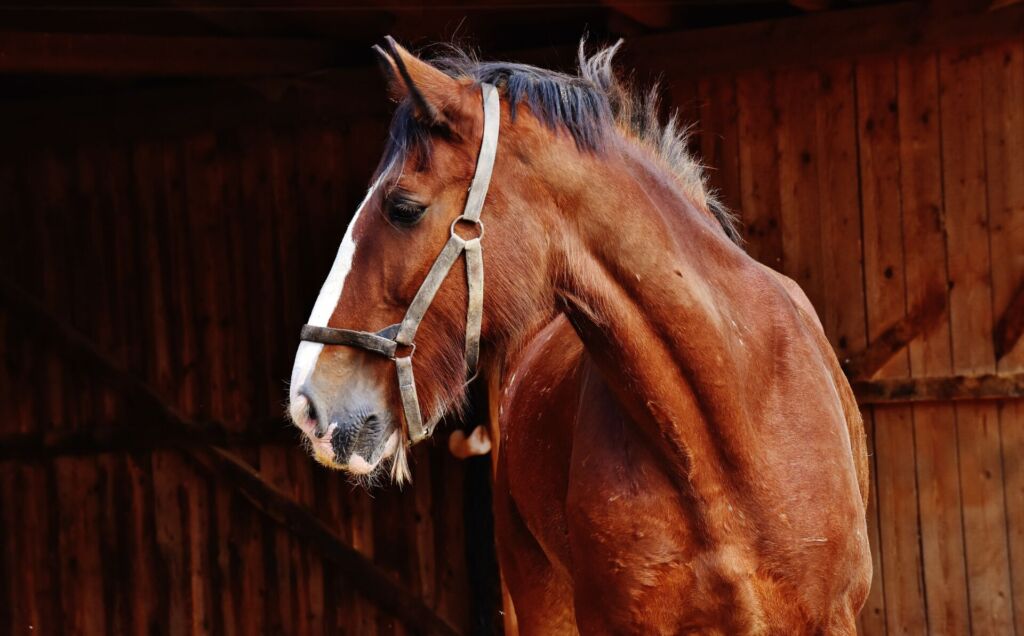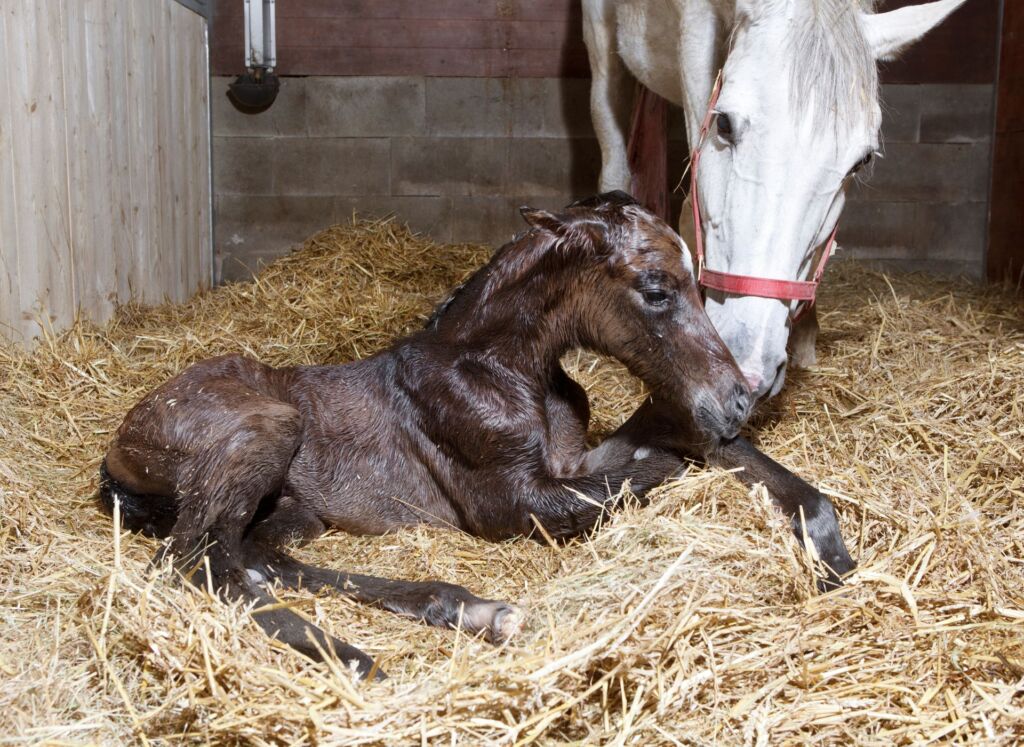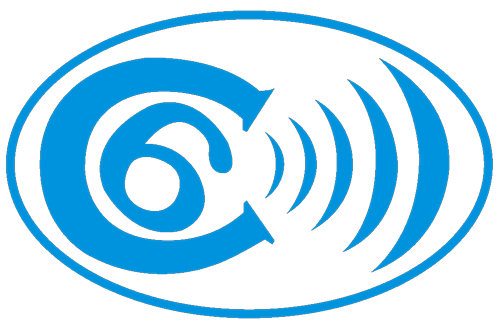The estrous cycle, namely those hormonal changes that determine the cycles of egg maturation, is not easy to understand precisely. The same goes for the consequent fertility and the mare’s labour.
From the estrous cycle to the birth, the mare will find herself facing an unpredictable time. Breeding a horse requires a lot of care and represents a delicate time for the breeder. In fact, the breeder will have to try to understand the signals and pay attention to the physical manifestations of the animal. Here are some aspects that shouldn’t be underestimated.
From the past to the present: how things have changed
In the past, horse breeding was the result of a mixture of folk wisdom and a bit of luck. In fact, the mare was left alone to deal with labour and foaling, which was almost always sudden. Nowadays, the love for this animal, the cost of breeding (it often involves artificial insemination, very expensive and not easy to perform, and genetic recombination) and the difficulty to read the signals no longer allow us to rely on chance. Therefore, the mare is no longer left alone during the foaling.
For these reasons, it’s very important to be able to recognise the upcoming mare’s labour. This is a time we need to pay a special attention to and monitor carefully. This means following the foaling and protecting the health of mother and child.
Read the signals
One of the signals that warn us that the mare’s labour is staring is a change in her behaviour. As soon as the mare feels that the birth is imminent, she will try to isolate herself and will look for a bedding and an opportunity to foal in a protected environment.
This is an atavistic instinct that, even after thousands of years, is still strong in this animal’s behaviour. Therefore, if the mare appears nervous and constantly looking for the right place to give birth, it will mean that the foaling is about to begin.
Other signs that reveal the proximity of foaling
In order to understand if the mare’s labour has already started or is about to start, it is necessary to check the udder. When small amounts of thick milk start forming on it, the breeder will need to start planning the foaling and inform the vet, who should be ready to intervene at any time.
The aspect of the vulva, which looks very relaxed close to the birth, and the arching of the back are also signs that a bow (pink or blue) will soon be as a source of pride for the stable.
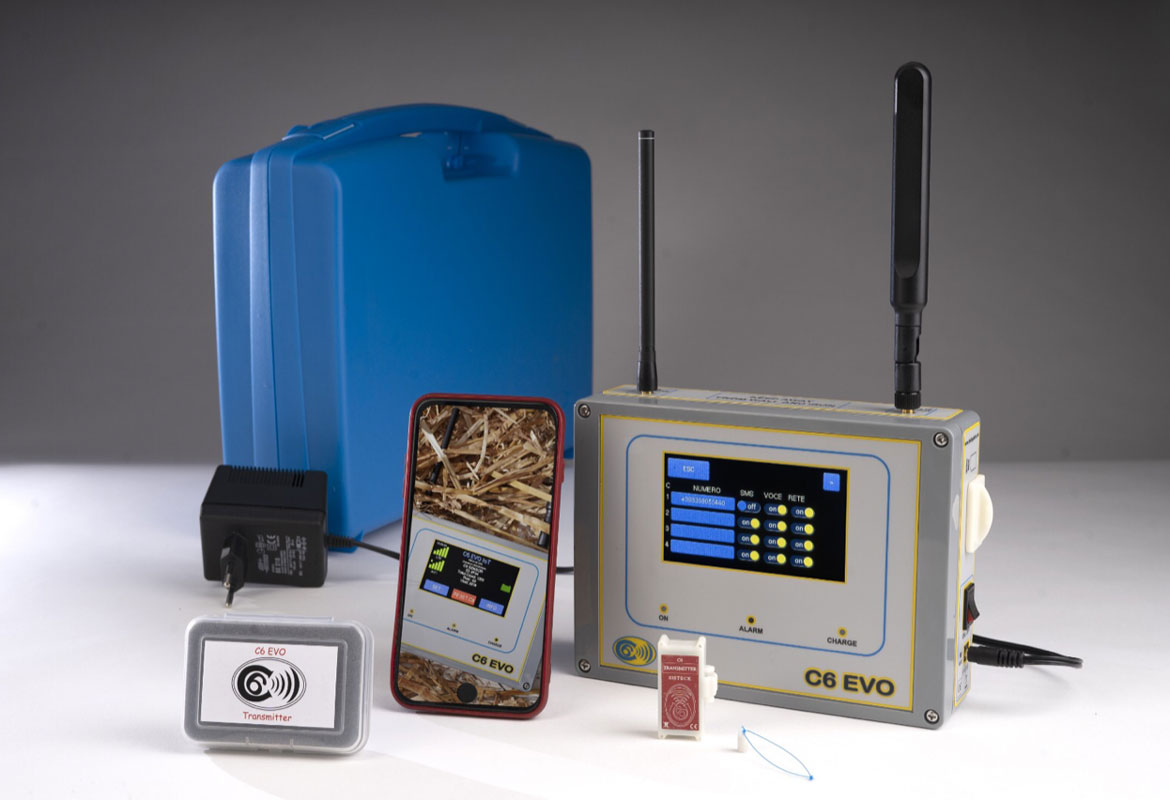
Foaling Alarm: technology helping horse breeding
Technology has allowed us to develop devices able to help the breeder during delicate times such as the mare’s labour and the birth of the foal. Our foaling alarm systems, C6 Birth Control and C6 Evo, will send you a text message or call you as soon as the foaling begins.
They will become perfect and irreplaceable allies in every situation, and will help you avoid many sleepless nights and be present during the mare’s labour and foaling. Thanks to these devices, you can witness the birth of the foal and protect the health of both mother and child, acting promptly in case of complications. Do not hesitate to contact us and try out our alarm systems!



